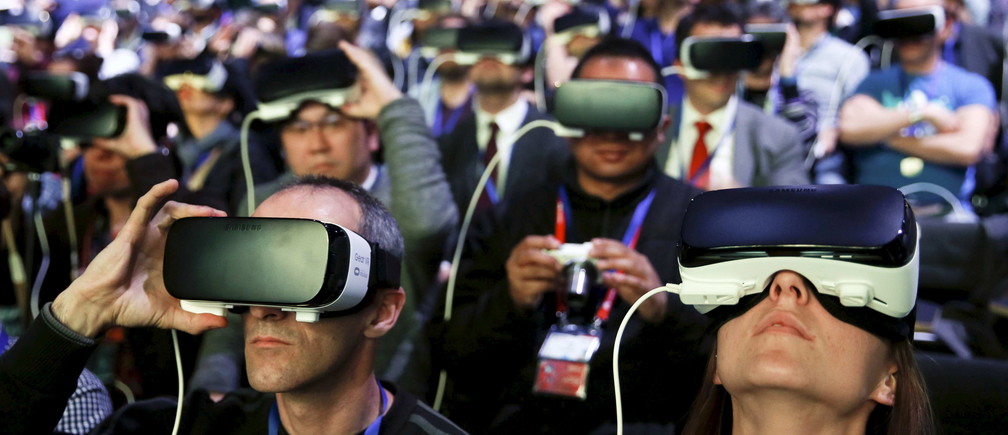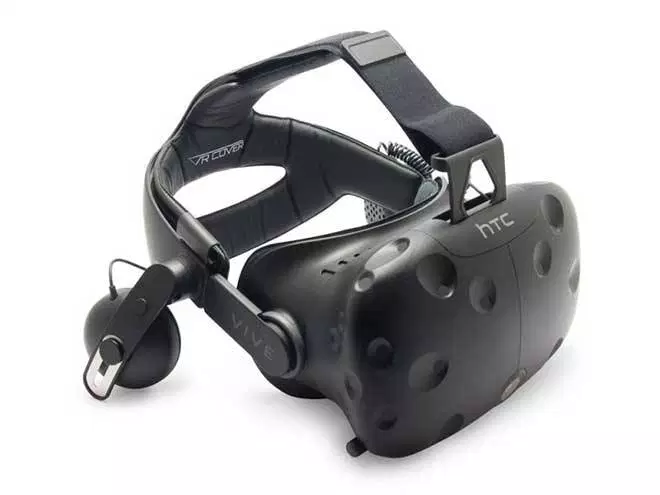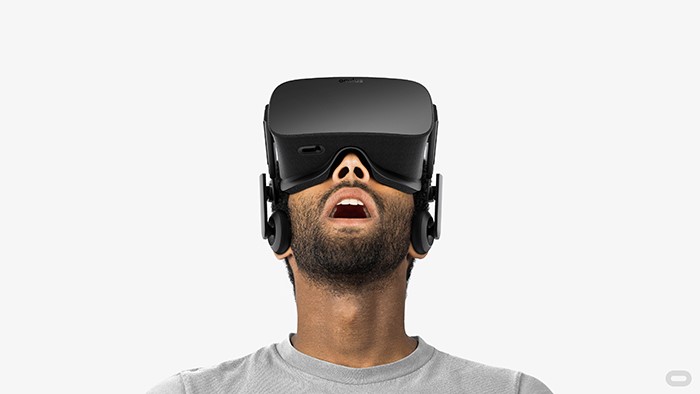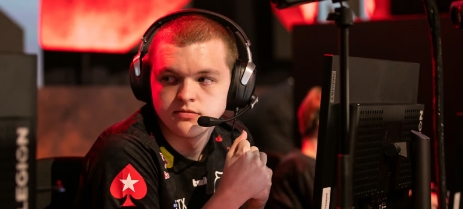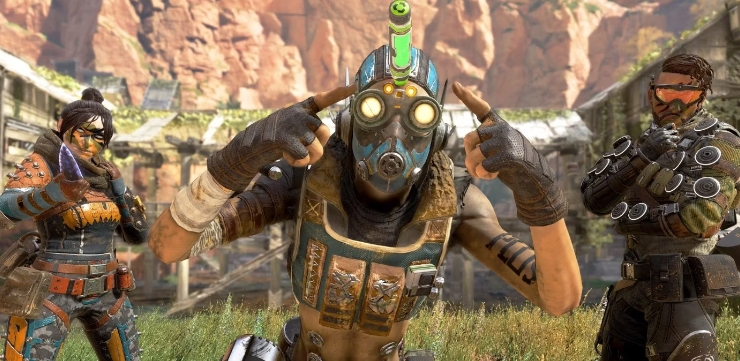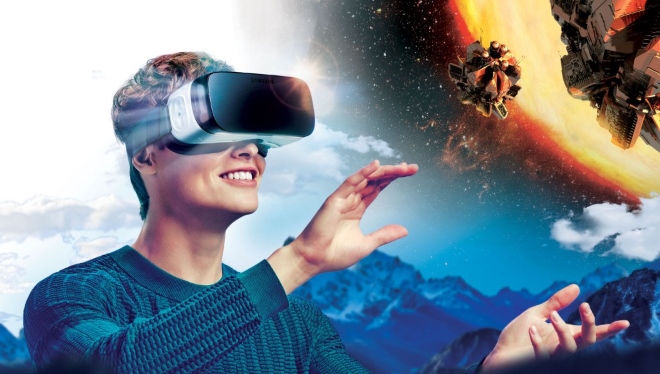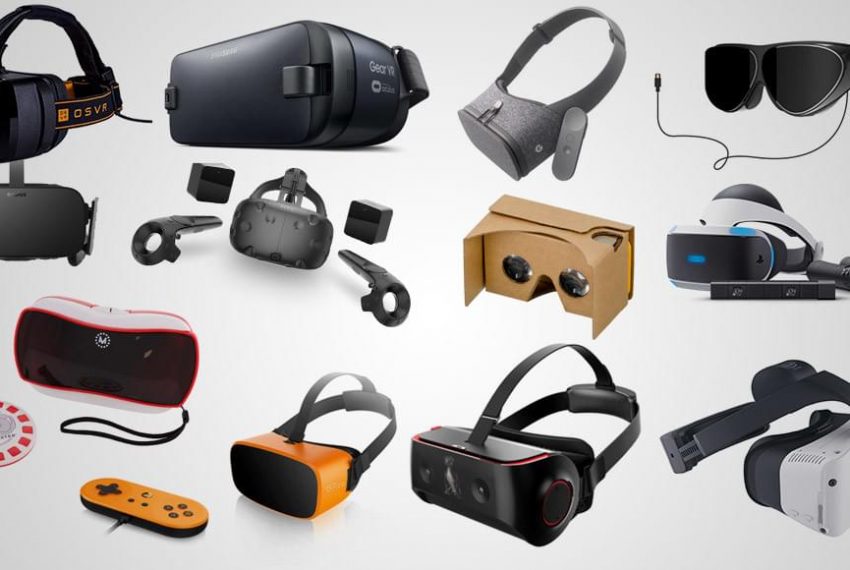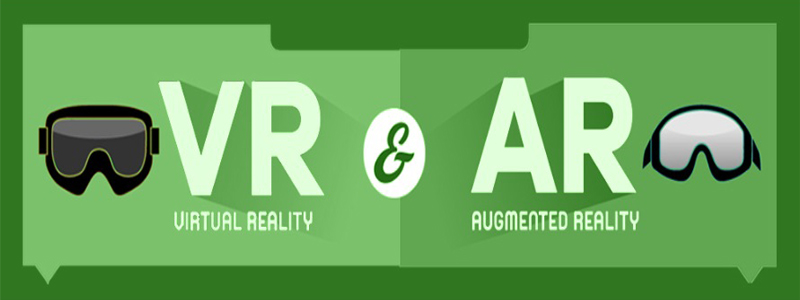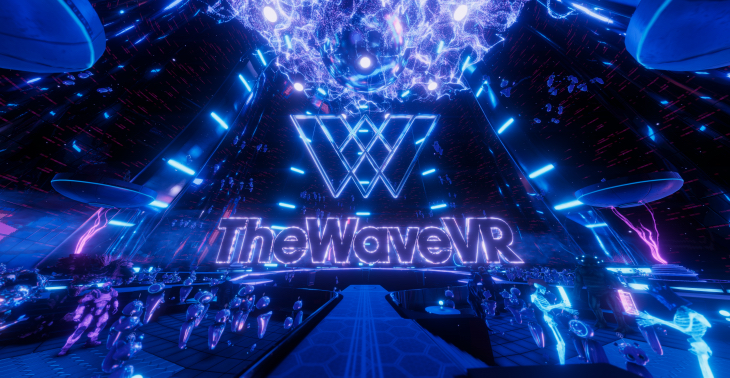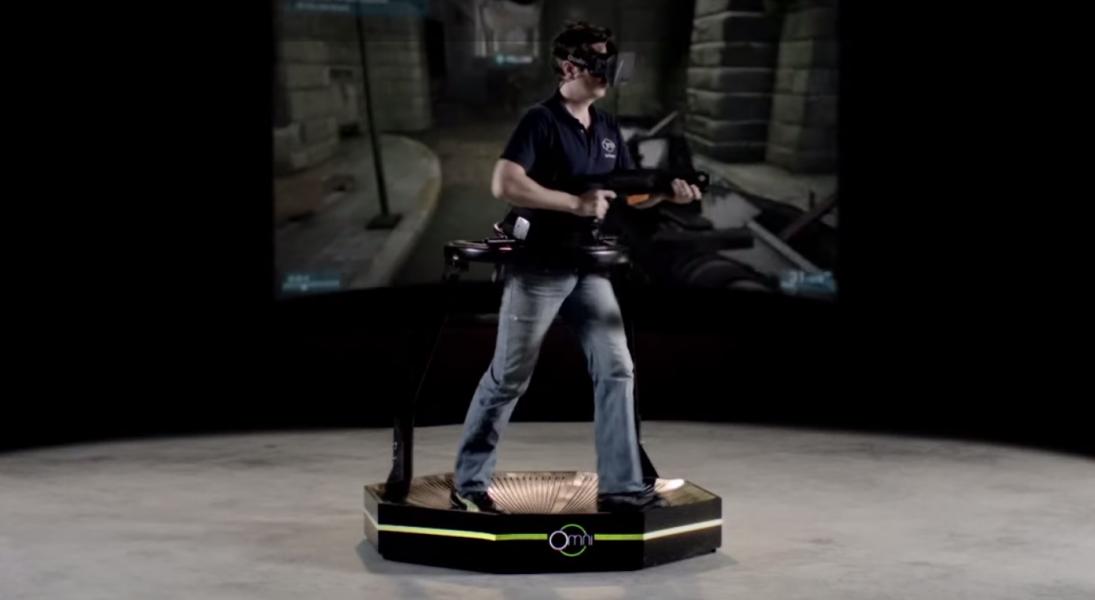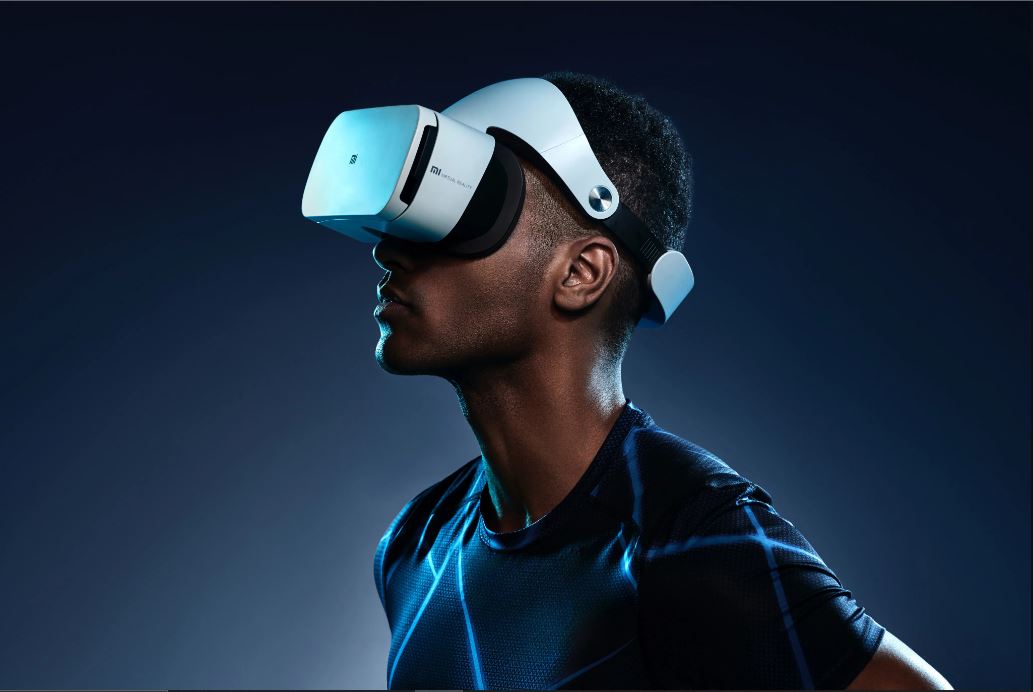
So, why is VR facing such slow adoption from gamers?
We’ve finally entered the age of virtual reality that so many works of fiction predicted. But somehow the exciting new technology is facing slow adoption from gamers. It may not be clear why at first glance because VR seems like such a fantastic thing for gaming. Since it doesn’t make sense for something so promising to not take off, I set out to understand why VR gaming is facing such slow adoption from gamers.
10. Price
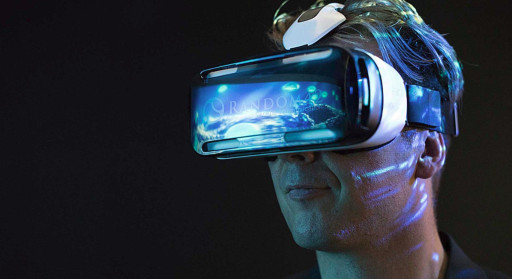
Expensive VR headset
The most basic barrier to entry for any product is its starting price point. One of the problems with VR adoption today is the overwhelming cost to own one of these devices. Prices have indeed dropped since VR headsets were first commercially introduced a few years ago, but it could still cost someone $500 or more to get started, and that doesn’t include the content and hardware required to run the VR system. How does price effect VR adoption?
- Gamers who would otherwise love to use a VR headset cannot afford it in today’s economy, so a huge fraction of the gaming population is left out.
- The best VR headsets cost as much as the hardware required to run them, so the value of the headset may not equal the value of a similarly priced product that can do more.
- A high price point with low sales means that there is less incentive for developers to spend resources maturing the technology.
9. Lack of content

Gamer enjoying VR content
Another thing that VR currently lacks is compelling content. This is in the form of video games, movies, and TV shows. What does it mean for there to be a lack of VR content?
- Since the modern VR market is relatively new, there is a shortage of developers skilled in creating this type of content.
- Many gamers are looking for VR adaptations of some of their favorite games already in existence, and that hasn’t really happened so far.
- The current VR content catalog lacks diversity in game types. Players are only given a handful of first-person shooters, RPG’s, and arcade style games to choose from.
- At the moment, the VR content market is dominated by indie developers that often times don’t have the budget required for high-quality games.
8. Hardware requirements
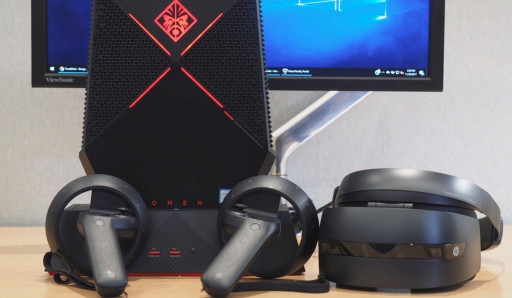
Expensive VR hardware
Don’t plan on using your newly purchased VR headset on just any ol’ gaming system. VR content usually requires specific, top-of-the-line hardware equipment and software. What is it about hardware requirements that make VR adoption slow?
- Not many gamers will want to upgrade or purchase new equipment just to play VR.
- VR-optimized gaming PC’s are at least $1000, or about half of that price for a PlayStation VR headset alongside the console.
- Not every console gamer wants to buy a PlayStation, but other major console developers haven’t jumped onboard VR yet.
7. Poor graphics
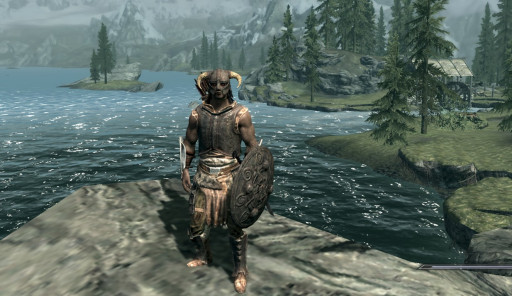
Skyrim VR graphics
Video game graphics are reaching levels of realism that many gamers never thought possible twenty years ago. Unfortunately for VR, the level of realism that most gamers want just isn’t there yet. How is VR adoption slowed by poor graphics?
- VR content requires much higher frame rates than traditional games due to VR screens being much closer to the user’s eyes.
- Creating VR games with higher technical requirements means that a company will have to allocate a bigger budget for designing them.
- The indie game developers that currently dominate the VR market often don’t have the budget needed for high-quality games.
- Poor graphics diminish the immersive experience that VR promises and can even cause motion sickness.
6. Bulky design
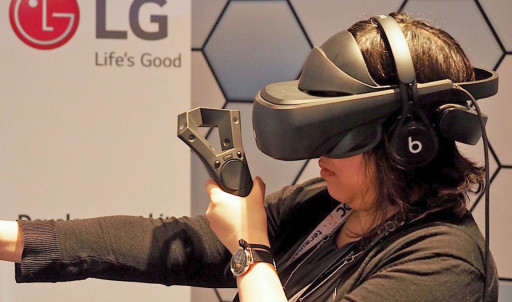
Bulky VR headset
VR headsets are way too bulky and are not comfortable for long term use. They also lack a stylish design that would make them less embarrassing to wear around people. The design of VR headsets affects VR adoption in many ways.
- VR headsets are currently in that awkward phase of technology development where practical design is more important than stylish design.
- Multiple large straps are required to offset the heavy display module and because of that, wearing a VR headset for an extended period of time becomes uncomfortable.
- People who wear glasses often have a hard time wearing them with VR headsets.
- Someone who is shy or timid may not want to wear a large, clunky headset around people they don’t know.
5. Not mobile
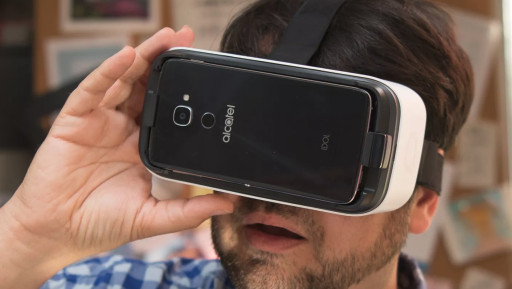
VR mobile device
In a world that is constantly on the go, it helps to have freedom of movement both outside and in the living room. Here’s how lack of mobility is hampering VR adoption:
- Using high-end VR headsets require that the gamer is shackled by various cords connecting them to their hardware device, which confines them to a small area in a room.
- For high-end VR systems, the hardware that runs them lacks the size and battery life to make them portable.
- The isolating nature of VR means that gamers are not aware of their physical surroundings. This limits freedom of movement too.
- Smartphone compatible headsets greatly lack the graphical performance and immersion that is required for true adoption.
4. Lack of engagement
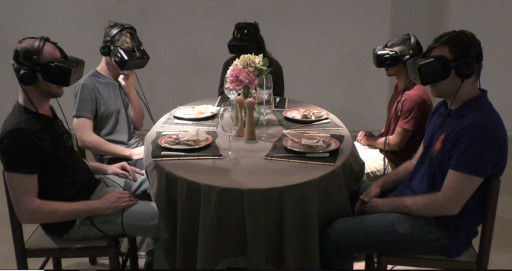
Lack of engagement with VR
Buying all of the expensive equipment and content is one thing, but the problem then becomes consistently maintaining the excitement over VR games for the long term. So how is VR suffering from lack of engagement?
- A large fraction of gamers who do end up buying into VR get bored quickly with the content.
- The lack of social features in VR games becomes too isolating for many gamers.
- Bad graphics, poor audio solutions, and lack of realism ruin the immersive experience promised by VR.
- A shortage of VR content developers means that there’s hardly any innovation in the sector.
3. Perception of VR

Couple isolated by VR
A huge part of mass adoption comes from the consumer’s idea of what the product is used for. For many of the more casual gamers, VR still seems like a niche novelty, while many hardcore gamers think that it still lacks depth. How is consumer perception affecting VR?
- Game companies have failed to market individual VR games as unique, fully immersive experiences worthy of artistic merit.
- VR game titles are mostly arcade style games meant to be played sporadically.
- Nobody is sure exactly what they would use a VR headset for outside of gaming.
- The large price tag and complicated installation of VR equipment make it perceived as a niche enthusiast’s technology.
2. Media hype
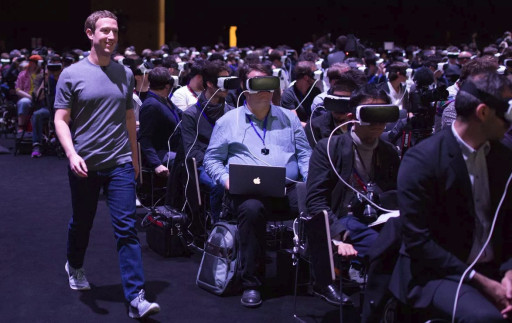
A huge VR media event
When Facebook first bought out the VR company Oculus in 2014, there was understandably a huge amount of press over this event. The future of VR was finally looking up, and people couldn’t wait to speculate where the technology was headed. Unfortunately, this also created a hype bubble that has left people somewhat disappointed in how VR has progressed thus far.
- Facebook’s acquisition of Oculus stimulated public and investor interest and flooded the news waves.
- Big competitors like Sony, Samsung, Google, and HTC rushed to make their own VR hardware in order to situate themselves in the content market, but so far the good content has failed to deliver.
- Past works of science fiction have depicted an incredible future for VR which also inspired a lot of the media hype, but the current iteration of the technology has failed to live up to these utopian ideals.
1. Health Issues
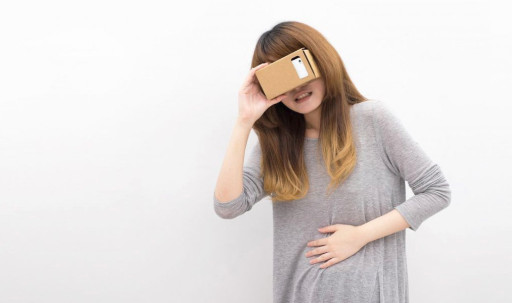
Sick VR gamer
Arguably the biggest obstacle in widespread VR adoption is that it poses an assortment of unforeseen health issues. There are several health risks associated to VR use.
- Motion sickness is one of the most commonly reported health issues with VR due to bad resolution and other sensory conflicts that are still being studied.
- No awareness of physical surroundings while wearing a headset means that gamers are at risk of destroying property and injuring themselves or others.
- VR can trigger events in people who have epilepsy, claustrophobia, or anxiety.
- Eye strain can result from closely staring at a screen for long periods of time.
- It is still unclear what the full range of health risks are with using VR, including how it affects children, but the topic is being researched by professionals.
You may also be interested in:
- Top 5 VR Companies That Drive the Virtual Reality Industry
- Oculus Rift: 10 Great Games You'll Enjoy In Virtual Reality
- Virtual Reality Could Let Us Live In Virtual Worlds With Sex and Romance by 2030






